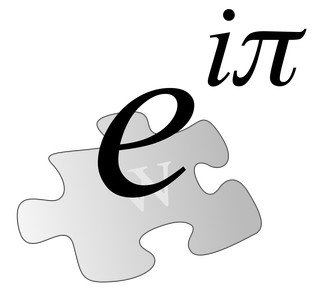Quiz Answer Key and Fun Facts
1. The number "e" is named after which mathematician?
2. In 1683, Jacob Bernoulli discovered the existence of the constant now known as e when he was investigating which of these practical applications of mathematics?
3. The exact value of the number represented by the letter e cannot be written using whole numbers and fractions; it must be approximated. This means it is an irrational number. What is more, it is not the solution of an algebraic expression written with rational coefficients. This means it is a transcendental number. Which of these irrational numbers is also transcendental?
4. Which of these is an approximation to the value of the number represented by the letter e?
5. To evaluate e, you can take the sum of the reciprocals of the ________ of all of the whole numbers.
6. You can also express e as a limit. It is the limit of (1 + ____)^n as n tends to infinity.
7. The relationship e^(i*pi) +1 = 0 is given what name by mathematicians?
8. What is special about the function f(x) = e^x?
9. Since e can be used as the base of an exponential function, it can also be used as the base of a logarithmic function. What symbol is used to show a logarithm using the base e?
10. Now for some cultural e trivia. In 2004, what company announced in its Initial Public Offering, that it intended to raise $2,718,281,828?
Source: Author
looney_tunes
This quiz was reviewed by FunTrivia editor
rossian before going online.
Any errors found in FunTrivia content are routinely corrected through our feedback system.
